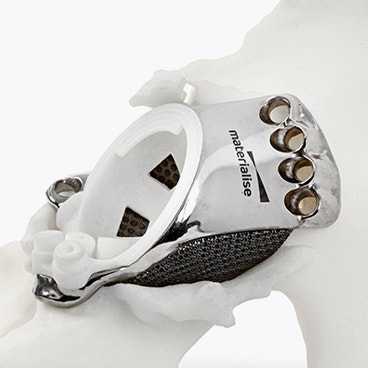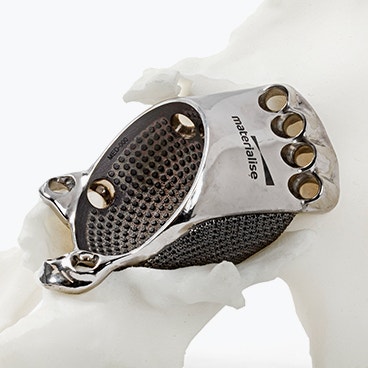Materialise aMace
Personalized acetabular implants
Up to 27% of hip revisions are re-revisions due to a suboptimal fixation and biomechanical reconstruction1. Re-revisions are three times more likely to fail compared to the first revision2. The aMace personalized implant is designed to break this revision cycle.
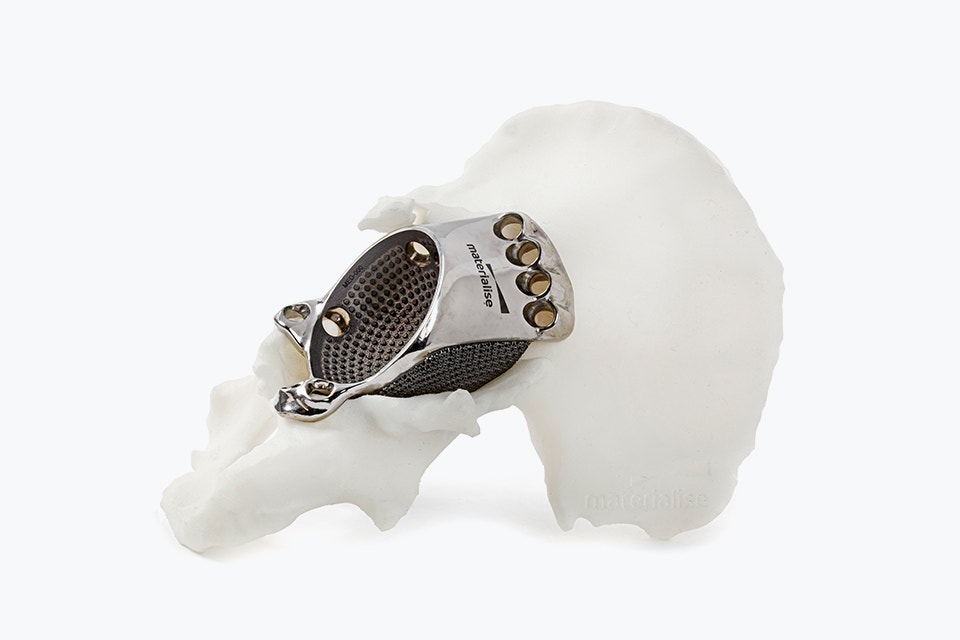
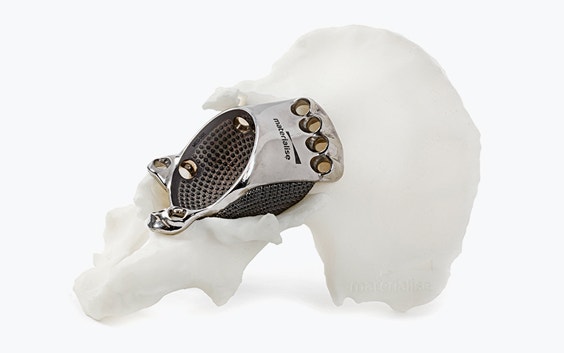
Break the revision cycle
Rely on a 100% patient satisfaction rate4
Up to 83% of patients have reported a tangible and positive impact on their daily mobility and pain5.
Trust in a 98% implant survival rate1
Follow-up studies report no signs of radiological loosening and no re-revision of the aMace augment9.
Based on 12+ years of experience
Our clinical engineers are uniquely positioned to help you plan a personalized treatment.
Over 1,300 complex cases made easy
The majority of queried surgeons8 stated that the aMace solution brought ease to even the most complex hip revision surgery.
How we enable you to break the revision cycle
Unique 3D pelvis analyses
Based on the segmented CT scan, our experienced clinical engineers implement AI-enabled technology to quantify the acetabular bone loss and available bone stock by measuring the thickness of the bone and cortex over the entire surface.
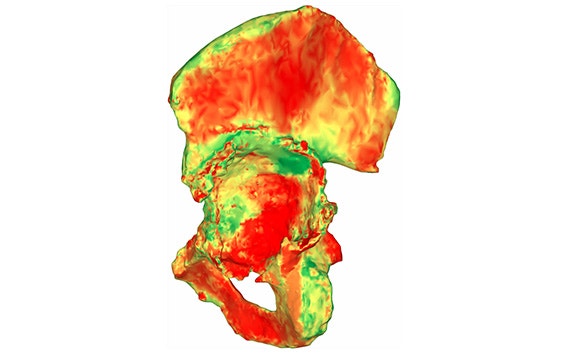
Minimize risk of dislocation
Our clinical engineers minimize the risk of dislocation by preoperatively planning the position of the center of rotation as well as inclination and anteversion angles.
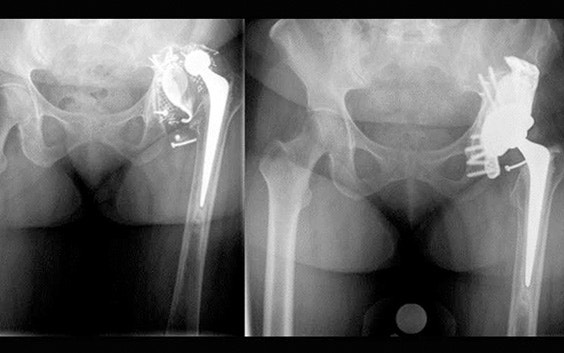
Optimized long-term fixation and stability
aMace implants are designed to optimize fixation with crossed screw trajectories. The integrated augment mimics bone properties and is designed to improve secondary fixation through bone ongrowth.
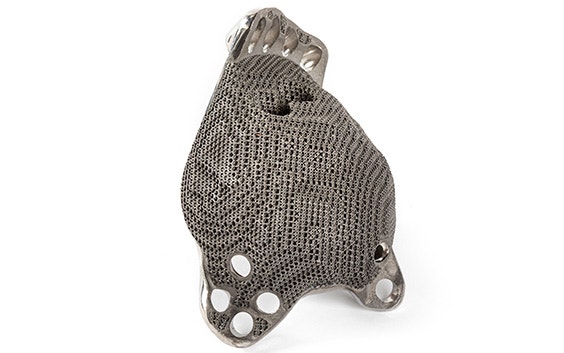
Patented drill guides
Innovative 3D-printed guides allow you to optimize primary fixation by placing the required cross-fixated screws as indicated by the detailed preoperative plan.
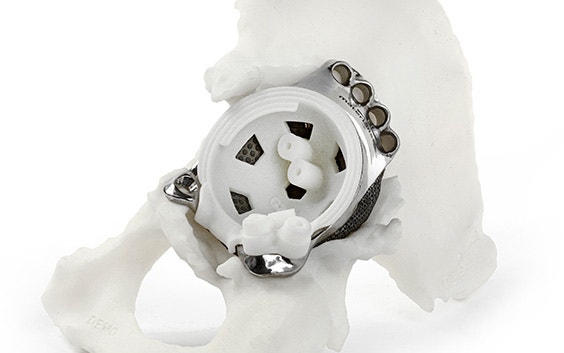
Easy-to-use digital platform
SurgiCase is an all-in-one web-based collaboration platform to upload images, plan, and collaborate with clinical engineers. Users can securely access the platform from any internet browser.

Clinical evidence
Access the latest articles supporting clinical evidence for the aMace hip implant. For a complete overview, please refer to the clinical data report.
Using custom-made 3D-printed titanium implants for Paprosky III defects show good agreement at the 1-year follow-up
Custom-made 3D-printed cup-cage implants for complex acetabular revisions: evaluation of pre-planned versus achieved positioning and 1-year migration data in 10 patients (2021)
Good improvement in patient-reported daily functioning, high patient-reported satisfaction, few complications, and no re-revisions for custom triflange acetabular components
Good results at 2-year follow-up of a custom-made triflange acetabular component for large acetabular defects and pelvic discontinuity: a prospective case series of 50 hips (2021)
Get inspired
Discover how others benefit from the personalized aMace implant
Learn about aMace and get support
Learn how to get started, and see how leading experts are using the aMace solution. If you are already a user, our customer support can help you with all your questions.
Frequently asked questions
L-102611-01
References:
1 Swedish Arthroplasty Register, Annual Report 2014
2 Data UK Joint Registry
3 1/58 at mean follow-up time of 25 months, Baauw et al., 2017, 2015; Citak et al., 2017; Colen et al., 2013; Myncke et al., 2017; Goriainov et al. 2018
4 18/18, Baauw et al., 2017; Colen et al., 2013
5 From a Harris Hip Score of 22/100 pre-op to 59/100 2.5 y post-op – Citak et al., 2017.
6 Goriainov et al. 2018
7 81% (Myncke et al., 2017)
8 73% (16/22, Myncke et al., 2017)
9 N=74, 2 y post-op - Baauw et al., 2017, 2015; Citak et al., 2017; Colen et al., 2013; Myncke et al., 2017; Goriainov et al. 2018
10 Demol et al., 2012
